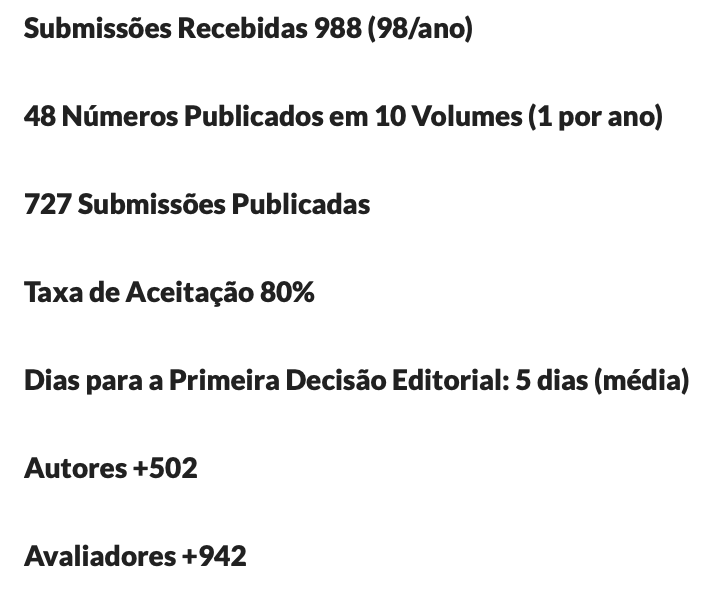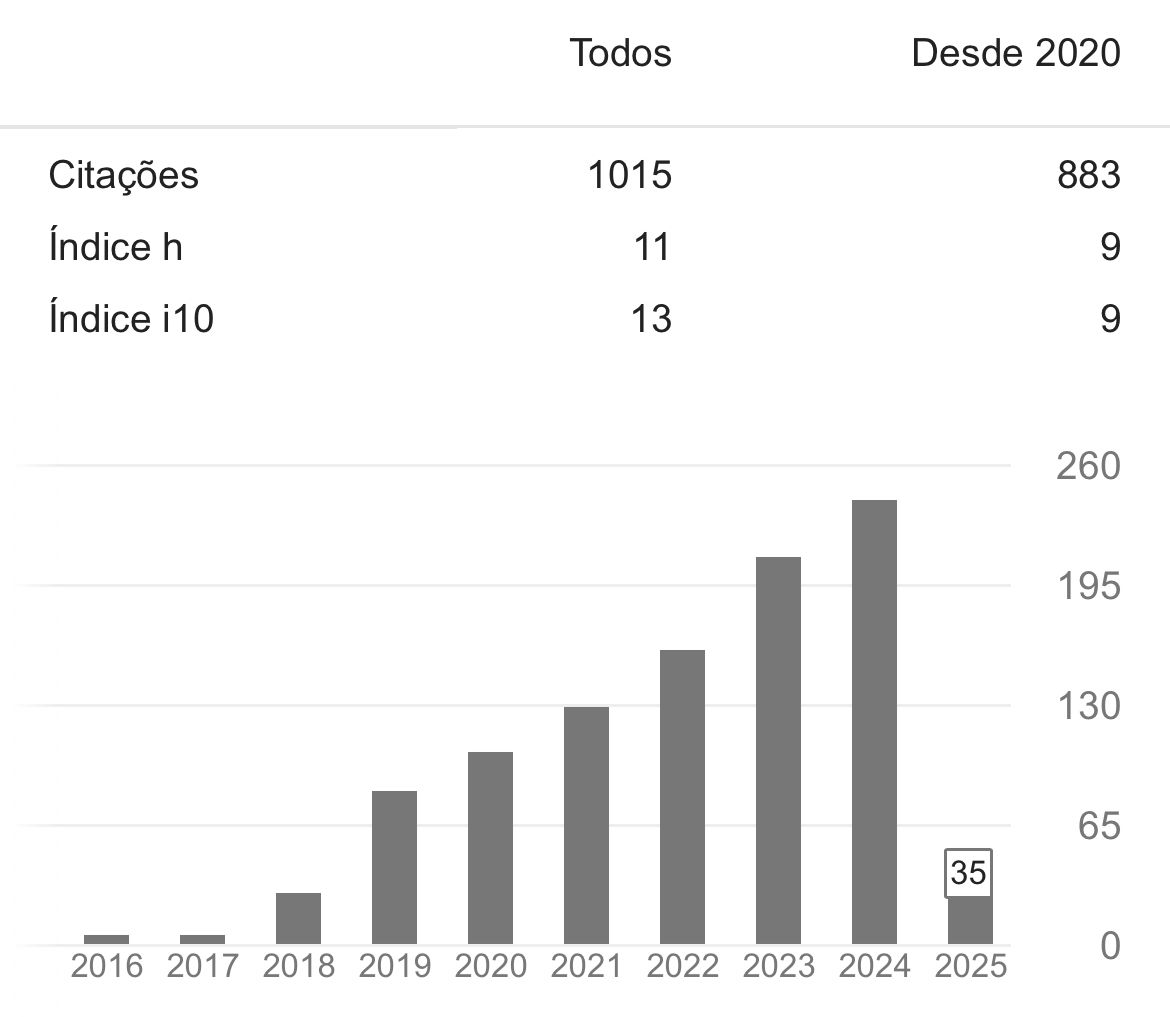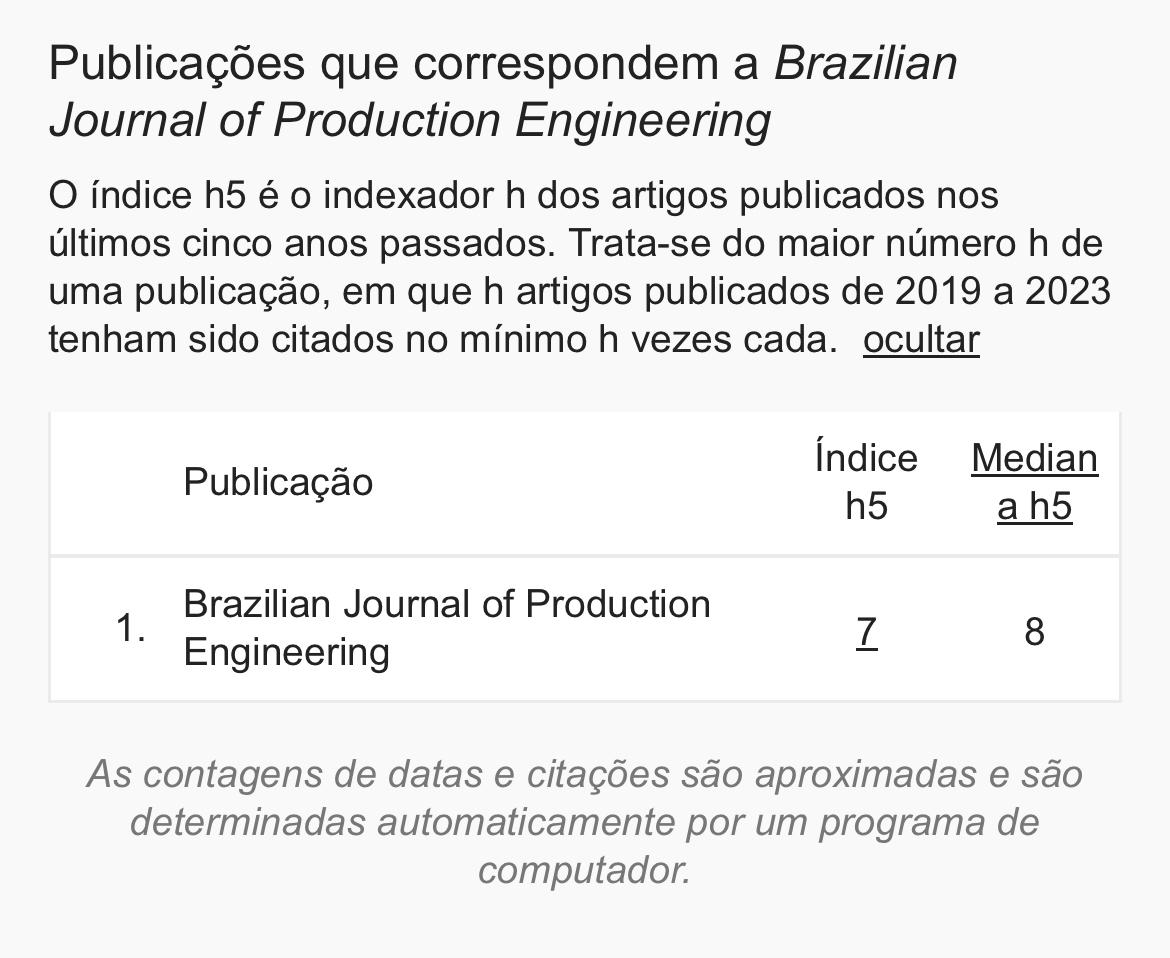HAZOP analysis of small-scale unit for biokerosene production from short-chain esters
DOI:
https://doi.org/10.47456/bjpe.v9i5.42715Keywords:
Biofuel, Biodiesel, Biokerosene, HazopAbstract
With intense industrialization comes the need for more energy sources to supply this demand. With the awareness of the population and governments, the search for renewable energy sources, such as biofuels, is growing. Aviation biokerosene is an ideal substitute for petroleum-based kerosene and can be obtained through the transesterification process of animal or vegetable fat and alcohol. However, in industrial processes such as these, it can generate several risks that can compromise the health of the operator, equipment, production, and others. For this reason, the objective is to perform a risk analysis in a smallscale production unit of biokerosene for aviation, using the Hazop methodology, which separates the production unit into nodes, analyzing them separately. Thus, with identified risks, it is possible to find the causes, consequences, and best actions to avoid them. With this, it was observed that flow rate and temperature are the main parameters that influence this production unit, being necessary to study them in order to standardize the ideal loads of each equipment, and not to generate disturbances. Also, control equipment such as valves, pumps and piping should follow periodic maintenance
Downloads
References
Akkarawatkhoosith, N., Bangjang, T., Kaewchada, A., & Jaree, A. (2023). Biodiesel production from rice bran oil fatty acid distillate via supercritical hydrolysis–esterification–transesterification in a microreactor. Energy Reports, 9, pp. 5299-5305, 2352-4847. https://doi.org/10.1016/j.egyr.2023.04.348 DOI: https://doi.org/10.1016/j.egyr.2023.04.348
Chokparova, Z., Becher, K., Klose, A., Strufe, T., & Urbas, L. (2023). Cryptographic protocol for privacypreserving integration of HAZOPs in modular process plants. Computers & Chemical Engineering, 108295, 0098 - 1354.
https://doi.org/10.1016/j.compchemeng.2023.108295 DOI: https://doi.org/10.1016/j.compchemeng.2023.108295
Dunjó, J., Fthenakis, V., Vílchez, J. A, & Arnaldos J. (2010). Hazard and operability (HAZOP) analysis, A literature review. Journal of Hazardous Materials, 173(3), pp. 19-32, 0304-3894. https://doi.org/10.1016/j.jhazmat.2009.08.076 DOI: https://doi.org/10.1016/j.jhazmat.2009.08.076
Fonseca, N. S. C., Oliveira, V. C., Fréty, R., & Sales, E. A. (2021). Thermal and Catalytic Fast Pyrolysis of Oily
Extracts of Microalgae: Production of Biokerosene. Journal of the Brazilian Chemical Society, 32(4), 811–822. https://doi.org/10.21577/0103-5053.20200232 DOI: https://doi.org/10.21577/0103-5053.20200232
Harter, L. V. L., Santos, D. Q., & Fabris, J. D. (2019). Destilação atmosférica do biodiesel derivado do óleo de macaúba ou do palmiste para obtenção da fração de ésteres leves para uso como combustível de aviação. Química Nova, 42(2), 143–148. https://doi.org/10.21577/0100-4042.20170320 Hashemi-Tilehnoee, M., Pazirandeh, A., & Tashakor, S. (2010). HAZOP-study on heavy water research reactor primary cooling system. Nuclear Energy, 37(3), pp. 428-433, 0306-4549.
https://doi.org/10.1016/j.anucene.2009.12.006 DOI: https://doi.org/10.1016/j.anucene.2009.12.006
Lacerda, A. L. F., Rocha, G. S., & Poly, T. T. A. (2020) Análise preliminar de perigos aplicada à produção de
cerveja. (Projeto Final de Graduação), Universidade Federal Fluminense, Niterói,Brasil.
Noakes, N., Chow, C.C. L. Ko, E., & McKay, G. (2011). Safety education for chemical engineering students in Hong Kong: Development of HAZOP Study teaching module. Education for Chemical Engineers, 6(2), pp. e31 - e55, 1749-7728. https://doi.org/10.1016/j.ece.2010.11.001 DOI: https://doi.org/10.1016/j.ece.2010.11.001
Severi, C. A., Pérez, V., Pascual, C., Muñoz R., & Lebrero, R. (2022). Identification of critical operational hazards in a biogas upgrading pilot plant through a multi-criteria decision-making and FTOPSIS-HAZOP approach. Chemosphere, 307(4), 135845, 0045 - 6535.
https://doi.org/10.1016/j.chemosphere.2022.135845 DOI: https://doi.org/10.1016/j.chemosphere.2022.135845
Xing, Z., Chen, C., & Jiang, X. (2023). A molecular investigation on the mechanism of co-pyrolysis of ammonia and biodiesel surrogates. Energy Conversion and Management, 289, 17164, 0196-8904. https://doi.org/10.1016/j.enconman.2023.117164 DOI: https://doi.org/10.1016/j.enconman.2023.117164
Zeverdegani, S. K., Ordudari, Z., Karimi, A., Esmaeili, R., & Khorvash, M. K. (2023). Comparison of the chemical health risk assessment of exposure to metal fumes for the furnace operator of a foundry industry using quantitative and semi-quantitative methods. Heliyon, 9(1), 2405-8440. https://doi.org/10.1016/j.heliyon.2023.e12913. DOI: https://doi.org/10.1016/j.heliyon.2023.e12913

Downloads
Published
How to Cite
Issue
Section
License
Copyright (c) 2023 Brazilian Journal of Production Engineering

This work is licensed under a Creative Commons Attribution-NonCommercial-ShareAlike 4.0 International License.

















































































